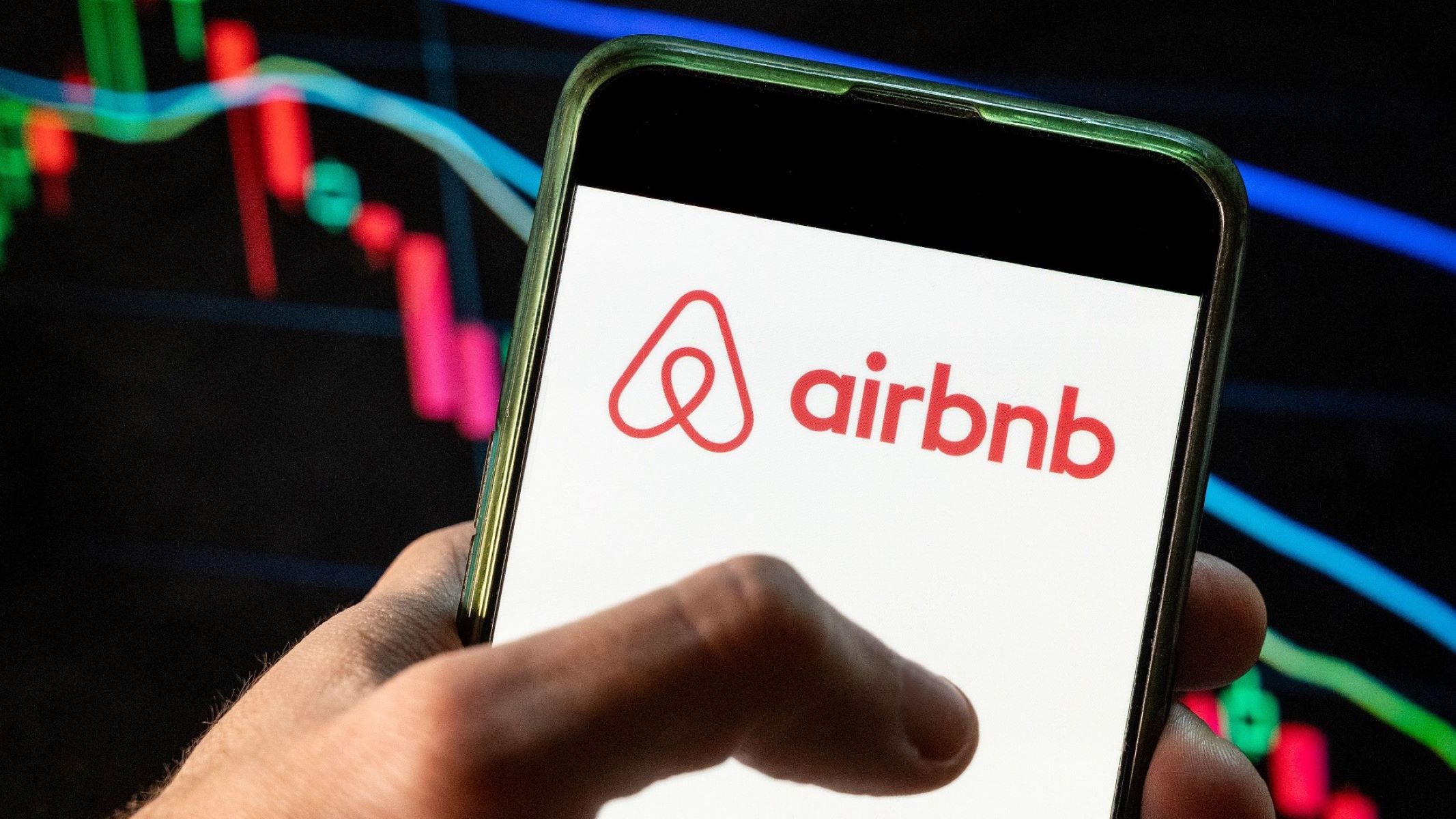Home>Finance>What Is A Barrier Option? Definition, And Knock-In Vs. Knock-Out


Finance
What Is A Barrier Option? Definition, And Knock-In Vs. Knock-Out
Published: October 14, 2023
Learn about barrier options in finance, including their definition and the difference between knock-in and knock-out options. Understand how these options can impact your investments.
(Many of the links in this article redirect to a specific reviewed product. Your purchase of these products through affiliate links helps to generate commission for LiveWell, at no extra cost. Learn more)
What Is a Barrier Option? Definition, and Knock-In vs. Knock-Out
When it comes to navigating the complex world of finance, it’s important to understand the various options available to investors. One such option is a barrier option, which provides traders with a unique way to manage risk and potentially profit. In this blog post, we will explore the definition of a barrier option and delve into the differences between knock-in and knock-out options.
Key Takeaways:
- Barrier options are a type of financial derivative that include a specified price level, known as the barrier.
- Knock-in options become active or “knock-in” only if the underlying asset’s price reaches the barrier level during a specific time frame.
- Knock-out options cease to exist or “knock-out” if the barrier is breached before the option expiration date.
Now that we have the key takeaways covered, let’s dig deeper into what exactly a barrier option is and explore the differences between knock-in and knock-out options.
The Definition of Barrier Options
A barrier option is a type of financial derivative that includes a specified price level, commonly referred to as the barrier. This barrier acts as a threshold that the underlying asset’s price must either breach or avoid during the option’s lifespan. These options come in two main varieties: knock-in and knock-out options.
Knock-In Options: Let’s imagine you’re the owner of a knock-in option with a predetermined barrier level. This option would only become active or “knock-in” if the price of the underlying asset reaches the barrier level within a specified timeframe. If the barrier is not breached, the option remains inactive, and no further action is taken. This type of option can provide traders with a way to capitalize on specific price movements in the market.
Knock-Out Options: On the other hand, knock-out options are designed to cease to exist or “knock-out” if the barrier is breached before the option’s expiration date. If the price of the underlying asset reaches or surpasses the barrier level, the option is “knocked out,” and the contract becomes worthless. This type of option can be used as a risk management tool to limit potential losses.
The Differences Between Knock-In and Knock-Out Options
While both knock-in and knock-out options involve the barrier concept, they differ in terms of their activation or expiration conditions:
Knock-In Options:
- A knock-in option becomes active only if the underlying asset’s price reaches the barrier level within a specified timeframe.
- If the barrier is not breached, the option remains inactive throughout its lifespan.
- This type of option is used by traders who anticipate a specific price movement and want to profit from it.
- Knock-in options can be lower in price compared to other options because they require the underlying asset to achieve a certain price level before becoming active.
Knock-Out Options:
- A knock-out option becomes worthless or “knocked out” if the barrier is breached before the option’s expiration.
- These options offer traders a way to limit potential losses by avoiding certain price levels.
- Knock-out options can be beneficial for risk-averse investors who want to protect their portfolios.
- However, knock-out options may come at a higher price due to the additional risk protection they provide.
It’s important to note that barrier options, whether knock-in or knock-out, require careful analysis and understanding of market conditions. Traders should always consider their risk tolerance and investment goals before engaging in options trading.
Conclusion
Barrier options, specifically knock-in and knock-out options, offer traders a unique way to manage risk and potentially profit in the financial markets. They provide flexibility and customization by incorporating specified price levels called barriers. Knock-in options become active if the barrier is breached, while knock-out options cease to exist if the barrier is reached. Understanding these differences and considering your investment goals can help you make informed decisions when engaging in options trading.
Remember to always consult with a financial advisor or expert before making any investment decisions, as options trading involves risks that may not be suitable for all investors.














